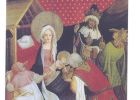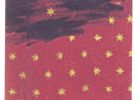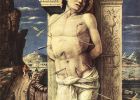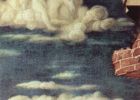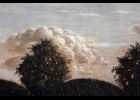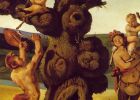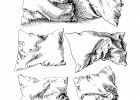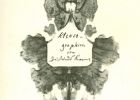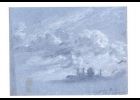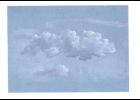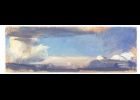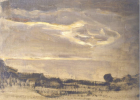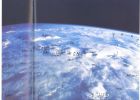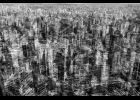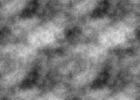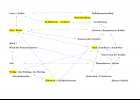„Eine Wolke von Zukunft“. Zur nubigenen Einbildungskraft in Vilém Flussers Werk
This essay starts out from Flusser’s use of the metaphor of the cloud as a possible representation of our present condition. Our identity and the world around us have lost all solidity and turned into groundless swarms of particles. This vision accompanies the short history of the cloud that follows, moving from its conception as a changeable veil masking the true light of inner truth, to an assemblage with frayed and constantly changing outlines, a formless but significant stain, and a field of possibility. As Flusser points out, when dealing with present day digital technology, one has the impression that our imagination (Einbildungskraft) has emigrated from our brains and become independent so that one can have a look at one’s own dreams. One would have to enter into a kind of dialogue (Zwiegespräch) between our own imagination and the one that we have been feeding into the computer, in order to pave the way for a jump into a completely new form of Einbildungskraft.
Sand
The following is an excerpt from Anne Popiel’s book Of Pixels and Particles. The digital connection between nature and art in Vilém Flusser’s philosophy . Published in 2012, it explores metaphorical connections between sand grains, droplets, bits, pixels and particles, linking the ocean of the Vampyroteuthis to moving sand dunes and the screen of the computer. “Flusser’s response to groundlessness is to create one’s own ground out of thin air, modeled by oceans, squids, spider webs and sand” (Popiel 2012: 14). His “metaphors translating sand grains into pixels and wind turbulence into algorithms highlight the digital structures present in both nature and computer technology that create an environment conducive to the spontaneous emergence of new order” (ibid.:54).
Wind and Desert
Two of the central nodes in Vilém Flusser’s metaphorical net that this part of Flusser Studies is trying to explore are the wind and the desert, which are not only linked to each other but also to other terms. The wind is a metaphor of the communication revolution. It penetrates into our homes and unsettles our habits, turning us into nomads. It is the immaterial ground on which nomads live and their very reason of being. Some nomads, like the Jewish tribes from the Bible, lived in makeshift tents and led an existence in Bodenlosigkeit, always on the move. Furthermore, the ephemeral sand dunes are related to Flusser’s notion of artificial worlds made out of dots, bits and pixels, composite worlds that resemble swarms and clouds.
Biomedia and Anthropology of Gestures and Body
The essay is based on two central notions developed by Vilém Flusser: 1) life can be considered as a design project; 2) we are in need of a new anthropology of gestures. It moves from the modern understanding of technology, digital media and its cybernetic regime, to discover biomedia and their ability to invade and conquer bodies, senses and gestures. In the light of this new bio-techno-cultural constellation where media are used to design gestures, old questions about subjectivity, media and communication remain fundamental yet they ought to be reinterpreted.



